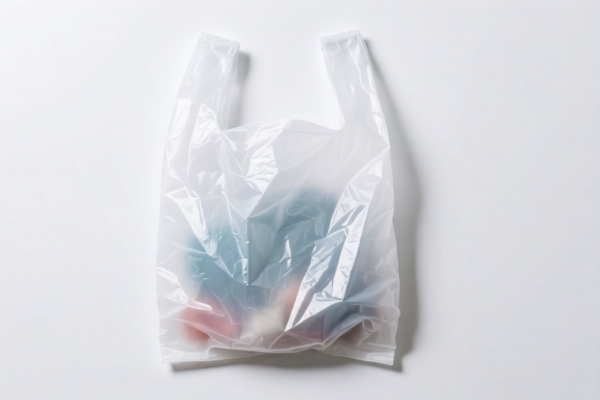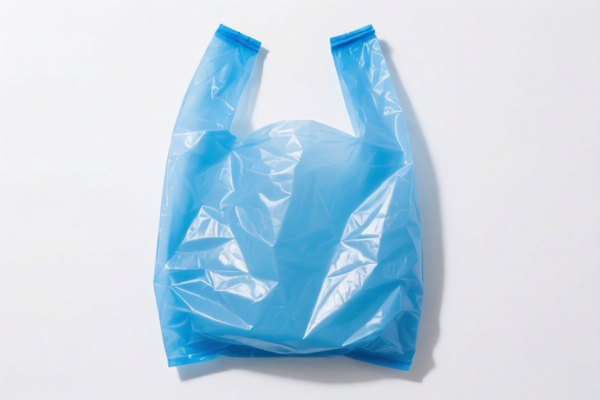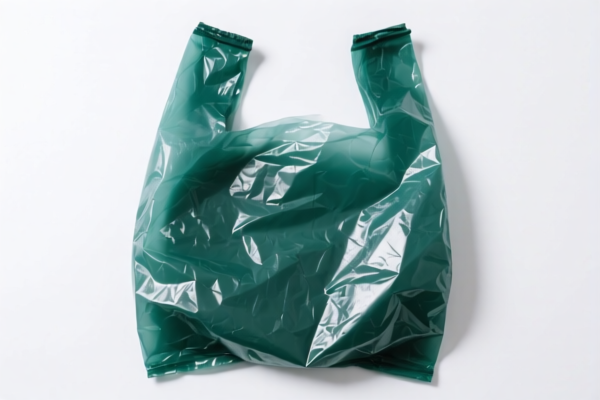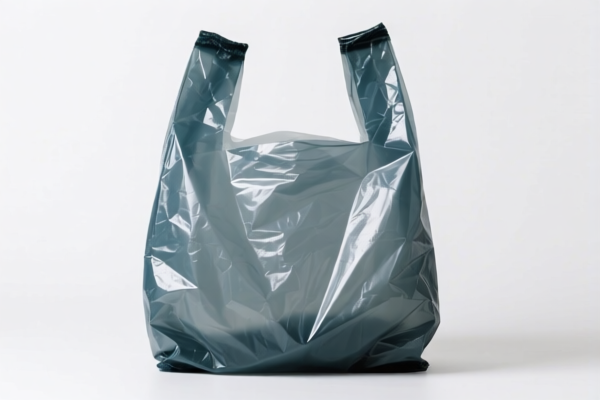| HS Code | Official Doc | Tariff Rate | Origin | Destination | Effective Date |
|---|---|---|---|---|---|
| 4819300020 | Doc | 55.0% | CN | US | 2025-05-12 |
| 4819400020 | Doc | 55.0% | CN | US | 2025-05-12 |
| 4415204000 | Doc | 55.0% | CN | US | 2025-05-12 |
| 4415208000 | Doc | 65.7% | CN | US | 2025-05-12 |
| 5705002090 | Doc | 58.3% | CN | US | 2025-05-12 |
| 5705001000 | Doc | 55.0% | CN | US | 2025-05-12 |
| 6305900000 | Doc | 43.7% | CN | US | 2025-05-12 |
| 6305390000 | Doc | 45.9% | CN | US | 2025-05-12 |
| 6304993500 | Doc | 41.3% | CN | US | 2025-05-12 |
| 6304992500 | Doc | 48.8% | CN | US | 2025-05-12 |




Potato Bag
A potato bag is a container specifically designed for the storage and transport of potatoes, though its use has broadened to include other root vegetables, produce, and even non-food items.
Material
Historically, potato bags were constructed from burlap (hessian), a woven fabric made from jute or flax fibers. Burlap remains a common material due to its breathability and relatively low cost. However, modern potato bags are also frequently made from:
- Polypropylene (PP) woven fabric: A synthetic plastic offering greater strength, water resistance, and durability than burlap. Often coated for added protection.
- Paper: Used for smaller quantities, often with a polyethylene (PE) lining for moisture resistance.
- Mesh: Allows for ventilation, commonly used for smaller retail bags or for storage where airflow is important.
Purpose
The primary purpose of a potato bag is to:
- Containment: Securely hold potatoes during harvesting, transport, and storage.
- Ventilation: Allow air circulation to prevent moisture buildup, which can lead to rot and spoilage. Breathable materials are key.
- Protection: Provide a degree of protection against physical damage during handling and transport.
- Portability: Facilitate easy movement of potatoes.
Function
Potato bags function by providing a structured enclosure with adequate breathability. The material’s weave allows air to circulate, preventing condensation and the growth of mold and bacteria. The bag's construction—often with a folded or sewn top—allows for secure closure and carrying. Some bags include handles for easier transport.
Usage Scenarios
- Agriculture: Harvesting and transporting potatoes from the field to storage facilities or processing plants.
- Retail: Packaging potatoes for sale in grocery stores and markets. Smaller bags are common for consumer purchases.
- Storage: Storing potatoes in cool, dark, and dry locations such as pantries, root cellars, or warehouses.
- Gardening: Collecting and storing potatoes from home gardens.
- Other Uses: Increasingly used for storing onions, garlic, other root vegetables, and even non-food items like pet food, building materials, or craft supplies.
Common Types
- Burlap Bags: Traditional, breathable, and relatively inexpensive. Typically 50lb (23kg) capacity. Less durable and prone to tearing.
- Polypropylene Bags: More durable, water-resistant, and often coated. Available in various sizes and weights, commonly 50lb (23kg) capacity.
- Paper Bags: Smaller capacity, often used for retail sales (e.g., 5lb or 10lb bags). May have a PE lining.
- Mesh Bags: Allow excellent ventilation, often used for smaller quantities or retail displays.
- Reusable Bags: Made from durable materials like woven polypropylene, designed for multiple uses. Often feature reinforced handles.
- Ventilated Bags: Bags with specifically designed ventilation holes or panels to maximize airflow.
Potato bags typically fall under sacks and bags used for packing goods. Several HS codes may be applicable depending on the material composition.
- 4819300020: This code covers cartons, boxes, cases, bags and other packing containers of paper, paperboard, cellulose wadding or webs of cellulose fibers. If the potato bag is made of these materials, this HS code is applicable. The total tax rate is 55.0%, comprised of a 0.0% base tariff, a 25.0% additional tariff, and a 30.0% additional tariff effective April 2, 2025.
- 4819400020: This code also covers cartons, boxes, cases, bags and other packing containers of paper, paperboard, cellulose wadding or webs of cellulose fibers, but specifically for other sacks and bags, including cones. If the bag is made of these materials and doesn’t meet the criteria of 4819300020, this code applies. The total tax rate is 55.0%, comprised of a 0.0% base tariff, a 25.0% additional tariff, and a 30.0% additional tariff effective April 2, 2025.
- 6305900000: This code covers sacks and bags of other textile materials. If the potato bag is made of textile materials other than those specifically mentioned elsewhere, this HS code is applicable. The total tax rate is 43.7%, comprised of a 6.2% base tariff and a 7.5% additional tariff, increasing to 30.0% effective April 2, 2025.
- 6305390000: This code covers sacks and bags of man-made textile materials. If the potato bag is made of man-made textile materials, this HS code applies. The total tax rate is 45.9%, comprised of an 8.4% base tariff and a 7.5% additional tariff, increasing to 30.0% effective April 2, 2025.
It is important to determine the precise material composition of the potato bag to ensure correct HS code classification.
Customer Reviews
No reviews yet.